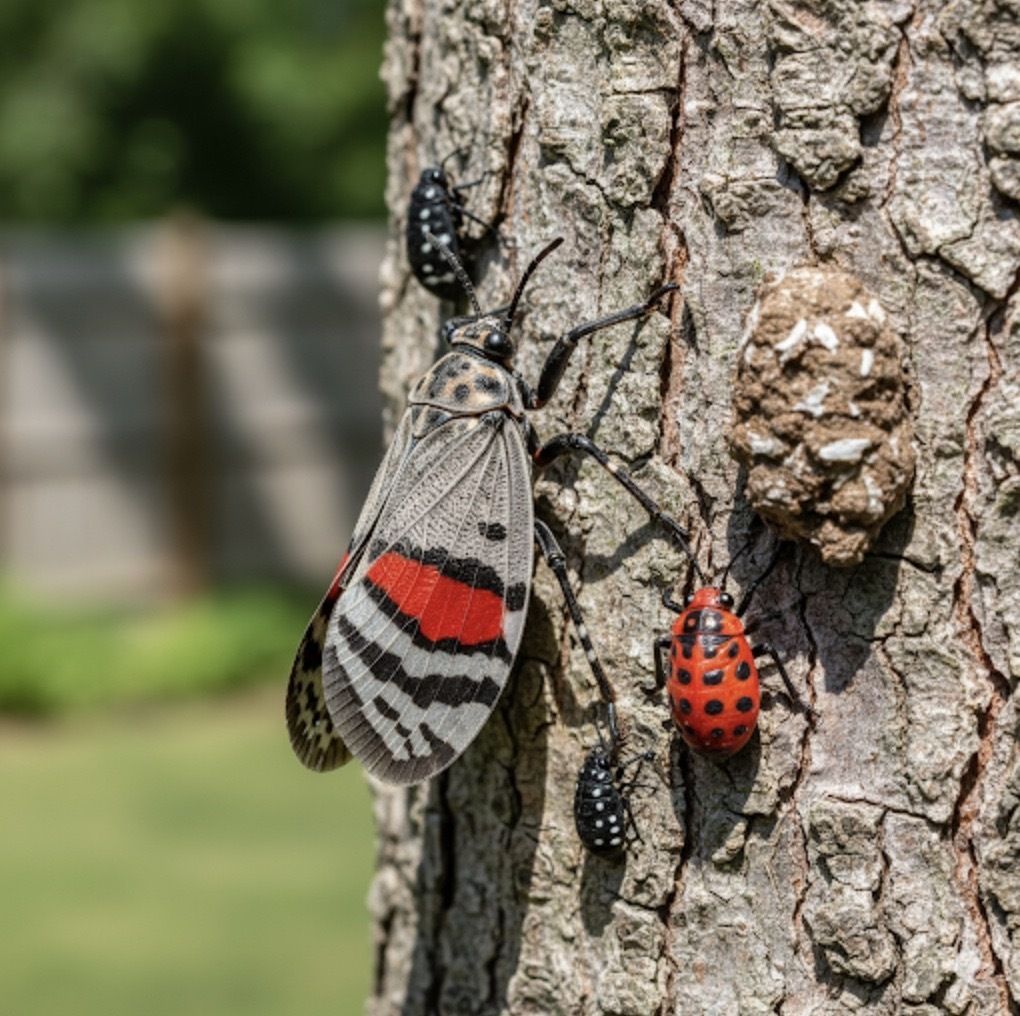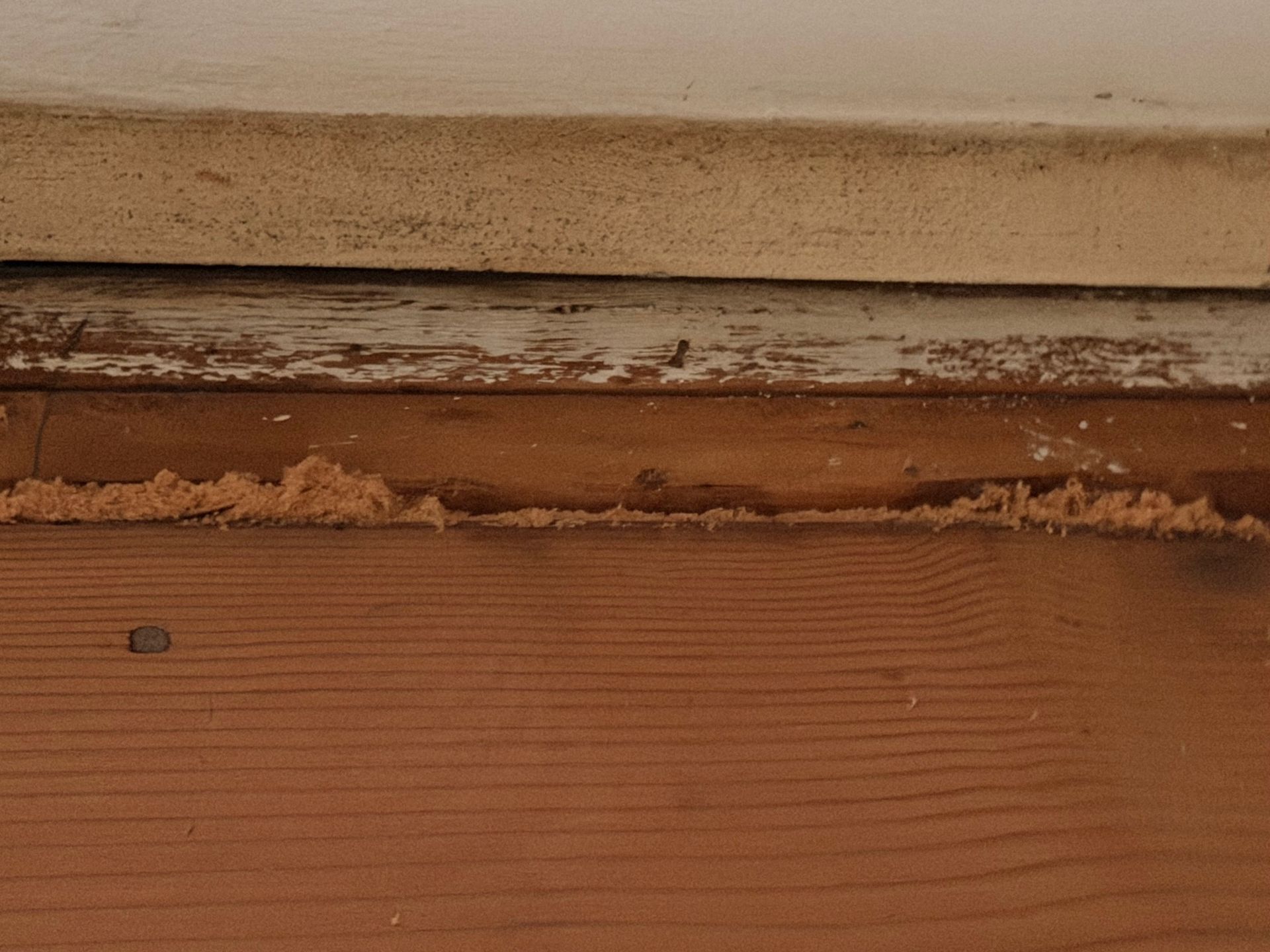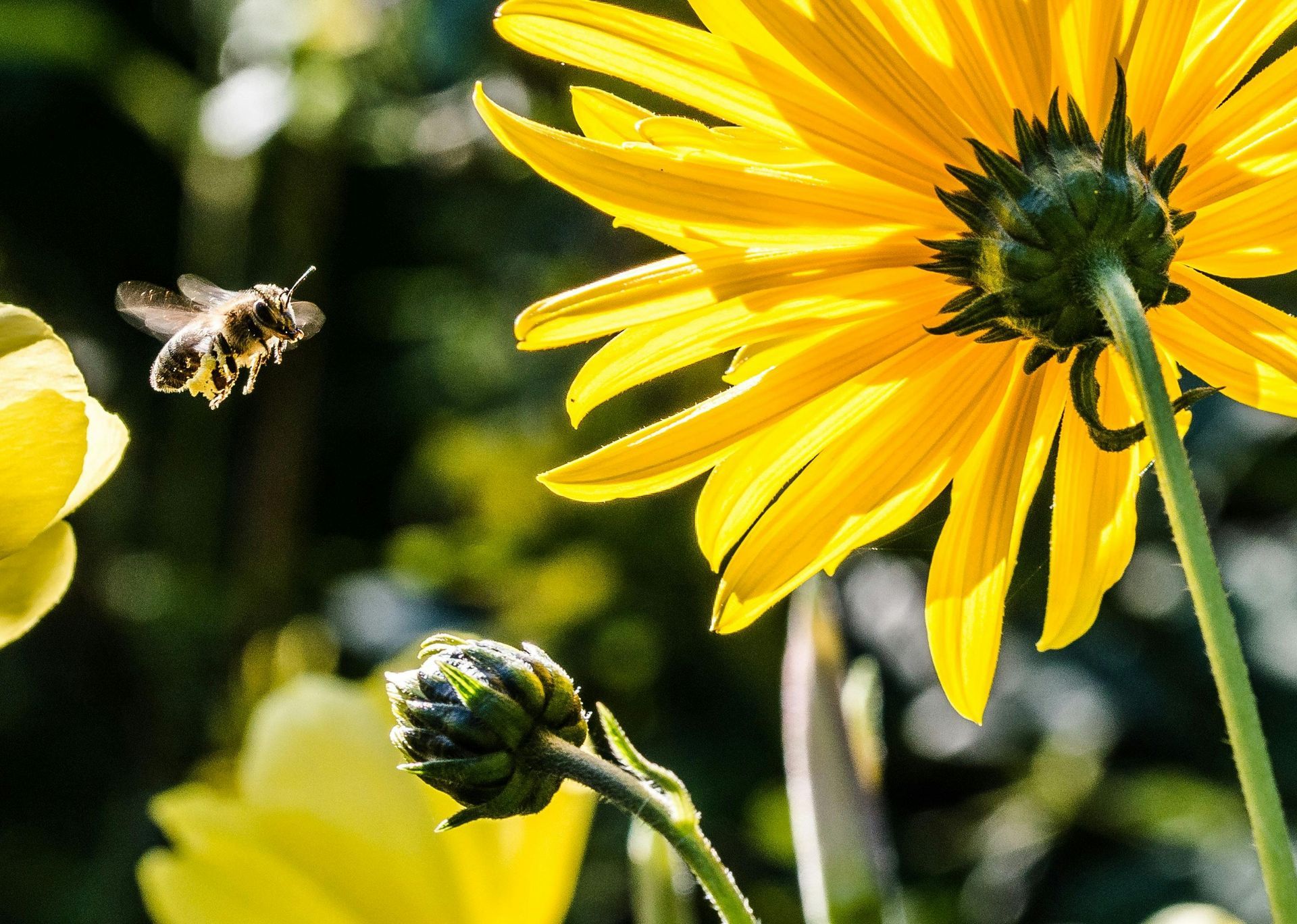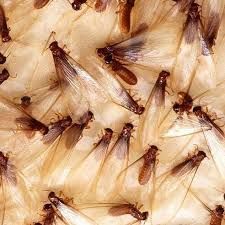Spotted Lanternflies Invade Long Island: What Stony Brook Residents Need to Know!
What is a Spotted Lanternfly?
The Spotted Lanternfly ( Lycorma delicatula ) is an invasive planthopper native to Asia. First detected in Pennsylvania in 2014, it has rapidly spread across the Northeastern United States, including our beautiful Long Island, NY.
Key Identification Features:
- Adults: About one inch long, with distinctive black spots on gray forewings and striking red, black, and white hindwings, visible when they fly or jump.
- Nymphs (young): Start as black with white spots, then develop red patches as they mature.
- Egg Masses: Look like a smear of mud or dried putty, often found on trees, outdoor furniture, vehicles, and even rocks.
Here's a look at what they might resemble:

Why Are Spotted Lanternflies a Problem for Long Island?
These pests aren't just an annoyance; they pose a serious threat to our local ecosystem and economy, especially for Stony Brook, Setauket, Port Jefferson, and surrounding areas.
- Damage to Plants: SLF feed on over 70 different plant species, including important agricultural crops like grapes, hops, fruit trees, and ornamental trees common in Long Island landscapes. They extract sap, weakening the plants and making them vulnerable to disease.
- Honeydew and Sooty Mold: As they feed, lanternflies excrete a sticky substance called "honeydew." This honeydew then promotes the growth of black sooty mold on plants, outdoor furniture, and even vehicles. Sooty mold can block photosynthesis and make outdoor spaces unsightly and difficult to clean.
- Impact on Local Businesses: Wineries, orchards, and nurseries on Long Island could face significant economic losses due to SLF infestations.
What Can Stony Brook Residents Do?
The New York State Department of Agriculture and Markets (NYS Ag & Markets) encourages everyone to "Stomp it Out!" if you see a Spotted Lanternfly. While stomping individual insects helps, a comprehensive approach is needed to manage larger infestations.
Here are steps you can take:
- Scrape Egg Masses: During fall, winter, and early spring, actively look for and scrape off egg masses from trees, outdoor surfaces, and vehicles. Place scraped masses into a bag with rubbing alcohol or hand sanitizer to kill them, then dispose of the bag.
- Inspect Your Property: Before moving outdoor items or leaving your property, especially if traveling, check for SLF egg masses or adults. This helps prevent their spread.
- Know Their Favorite Trees: SLF prefer the Tree of Heaven ( Ailanthus altissima ), another invasive species. Removing Tree of Heaven from your property can help deter SLF.
- Call the Experts: For effective Spotted Lanternfly control in Stony Brook, NY, and throughout the Northeast Long Island area, contact ABCO Termite and Pest Control.
How ABCO Termite and Pest Control Can Help
As your local Long Island pest control experts based in Stony Brook, NY, ABCO is equipped to handle Spotted Lanternfly infestations. We offer:
- Thorough Inspections: Our trained technicians will identify potential SLF presence and assess the extent of the infestation on your property.
- Targeted Treatments: We utilize effective and environmentally responsible methods for lanternfly extermination, including dormant oil treatments for egg masses and specialized sprays for nymphs and adults.
- Tree and Plant Protection: We can advise on and apply treatments that protect your valuable trees and shrubs from SLF damage.
- Preventative Strategies: We'll help you implement strategies to reduce the risk of future infestations.
Don't let Spotted Lanternflies take over your Long Island property! If you suspect you have an SLF problem, or if you simply want to learn more about pest management in Northeast Long Island, contact ABCO Termite and Pest Control today. We're committed to keeping our community pest-free!





